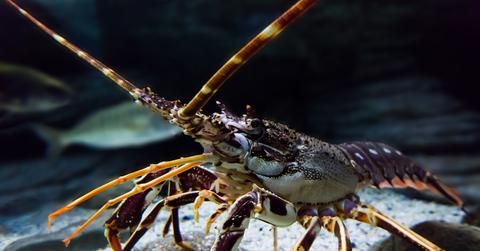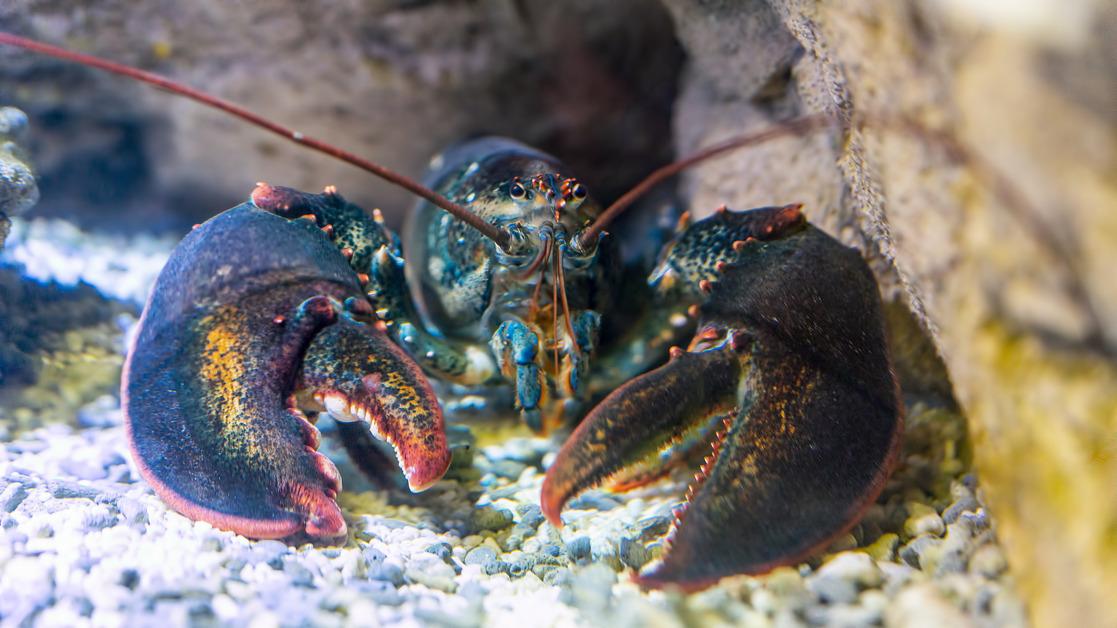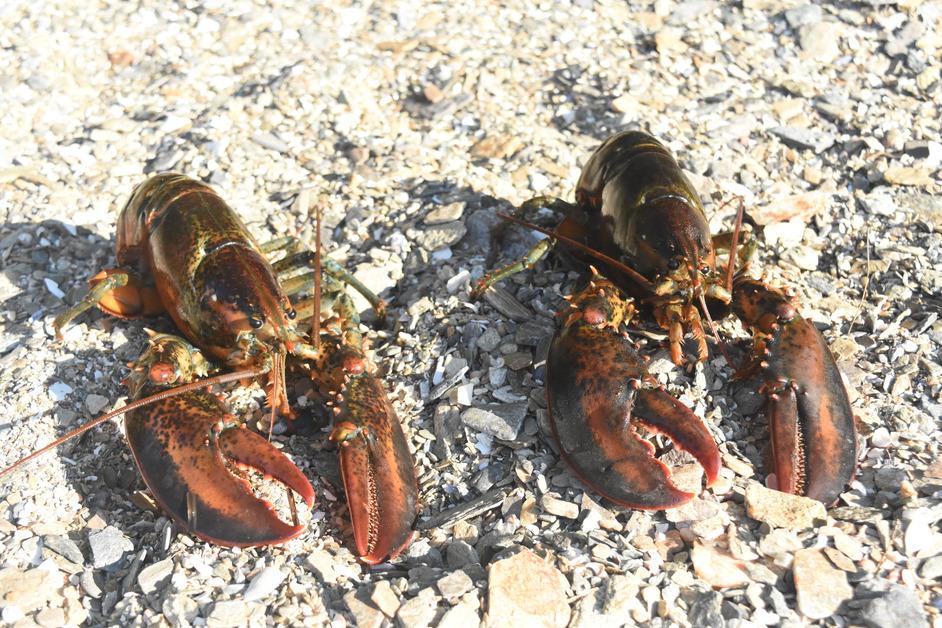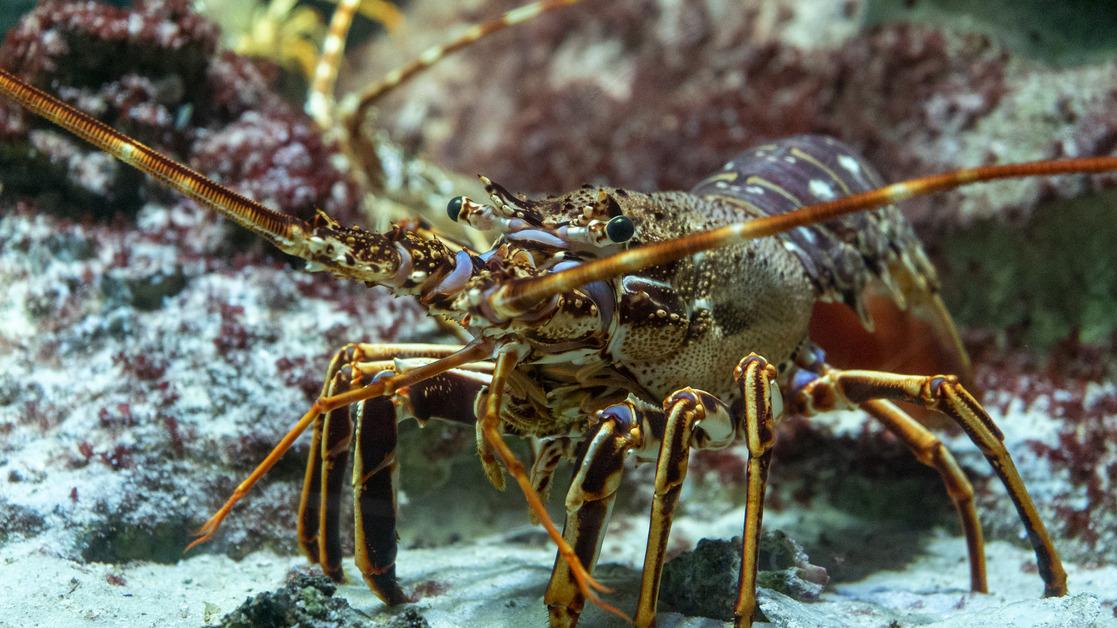How Do Lobsters Communicate? By Peeing on Each Other, Mostly
Published July 26 2023, 9:30 a.m. ET

More research is revealing the importance of communication between animal species for survival and well-being.
Like humans, many animals communicate through vocals and pitch to formulate their own language. However, some defer to other approaches. Lobsters, for example, have developed a method of communication that does not require any vocals. How do lobsters communicate? Urine, mostly. Yes, urine.
It sounds strange, but it actually makes more sense than you think. So before you get too grossed out, keep reading to learn just exactly how lobsters communicate with their urine.

How do lobsters communicate with each other?
Lobsters communicate with their excrements, specifically their urine. Understanding the lobster anatomy is helpful when picturing how this works.
Lobsters actually pee from their faces, where the bladder is located right under their brain. Urine is released from the antennae, making it easy for them to point and shoot the urine where they want, per Hepper.
How do lobsters communicate with their urine?
You may be wondering how squirting pee is doing anything to communicate. Well, the answer is pheromones, a chemical substance that can signal or trigger a response or communicate one's current biological disposition. They can be used to express feelings like stress or even arousal, per Hepper.
During mating, female lobsters wait outside the den of a male lobster and direct their pee at him to signal they are ready to mate, per Oceana.

However, according to Hepper, lobsters also communicate with their urine to maintain their social order. A lobster pod has a hierarchy, established after one male proves to be the strongest. When releasing their urine, they are able to communicate their rank within the pod. Knowing which lobsters are dominant in the pod is important for mating because only the highest-ranked lobsters will mate.
What happens when a lobster can't pee?
The lobster communication method works well mostly because of the chemicals released while urinating, and the olfactory organs that receive the signals. Meaning, they really rely on throwing pheromones at each other.
There are times when a lobster can't urinate and is unable to send out pheromones. This could be when they don't have to pee at the moment or have suffered damage to their nozzles. Another communication hindrance could come from a problem with their olfactory system, making it impossible for the lobster to receive information.
In both of these cases, the social order of the pod can be disrupted, per A Little Bit Human.

Lobsters can also communicate with sound.
Lobsters do not have vocal cords, but they can make sounds with their antennas by rubbing them together and creating a vibration. This method of communication is not as complex as urine, and some scientists still aren't sure of its exact purpose. However, most think lobsters likely create sound to ward off any predators and establish their territory, per Bubbly Diver.
Lobsters can also communicate through fighting.
Lobsters fight as a way to establish hierarchy within their pod, where the winning lobster is considered dominant. They use their antenna and claws to try and overpower their opponent and communicate their strength.
However, this method is still not as effective as their urine communication. After fighting, pheromones need to be released during the mating process for dominant lobsters, which only happens through their urine, per Bubbly Diver.